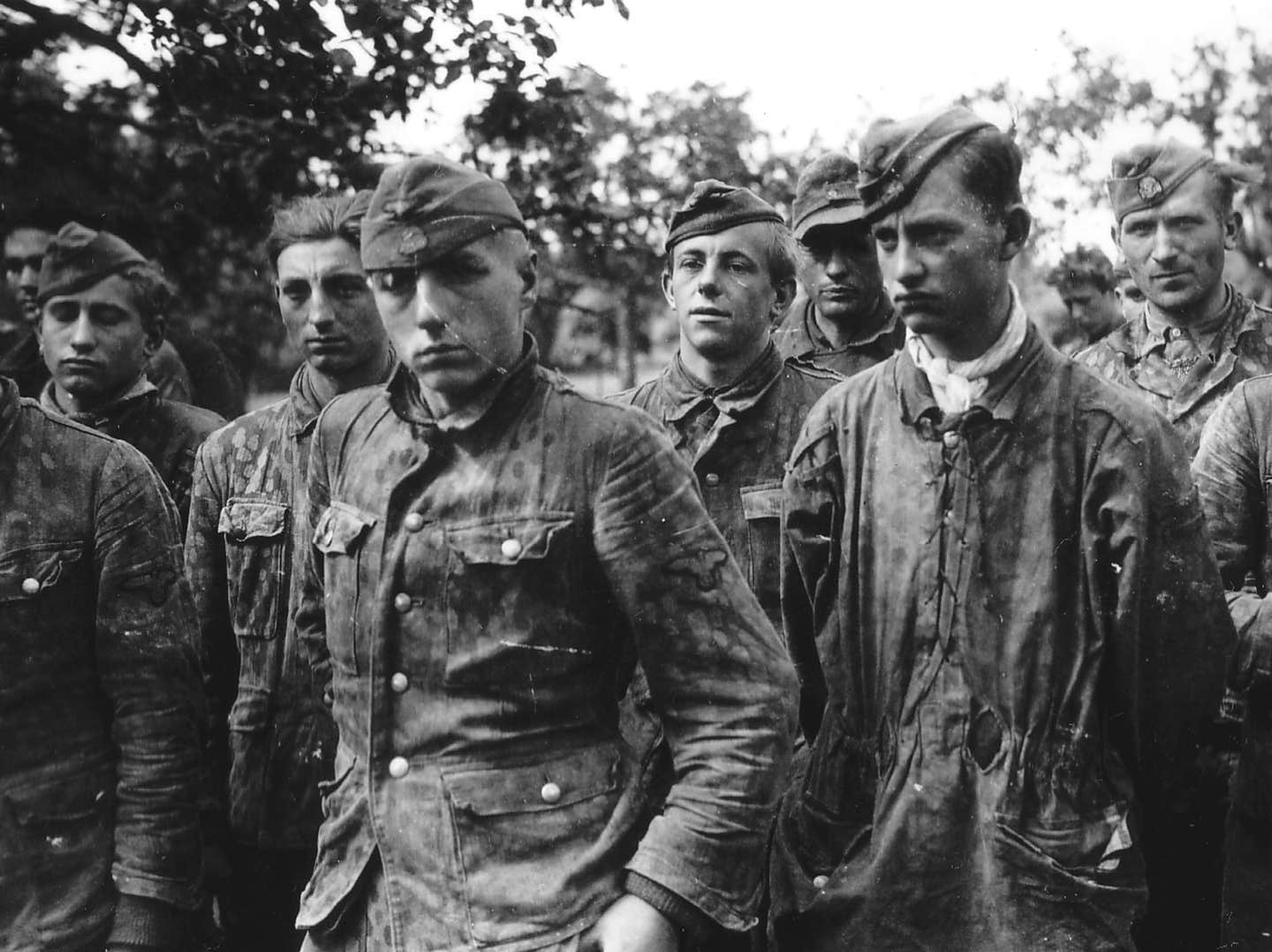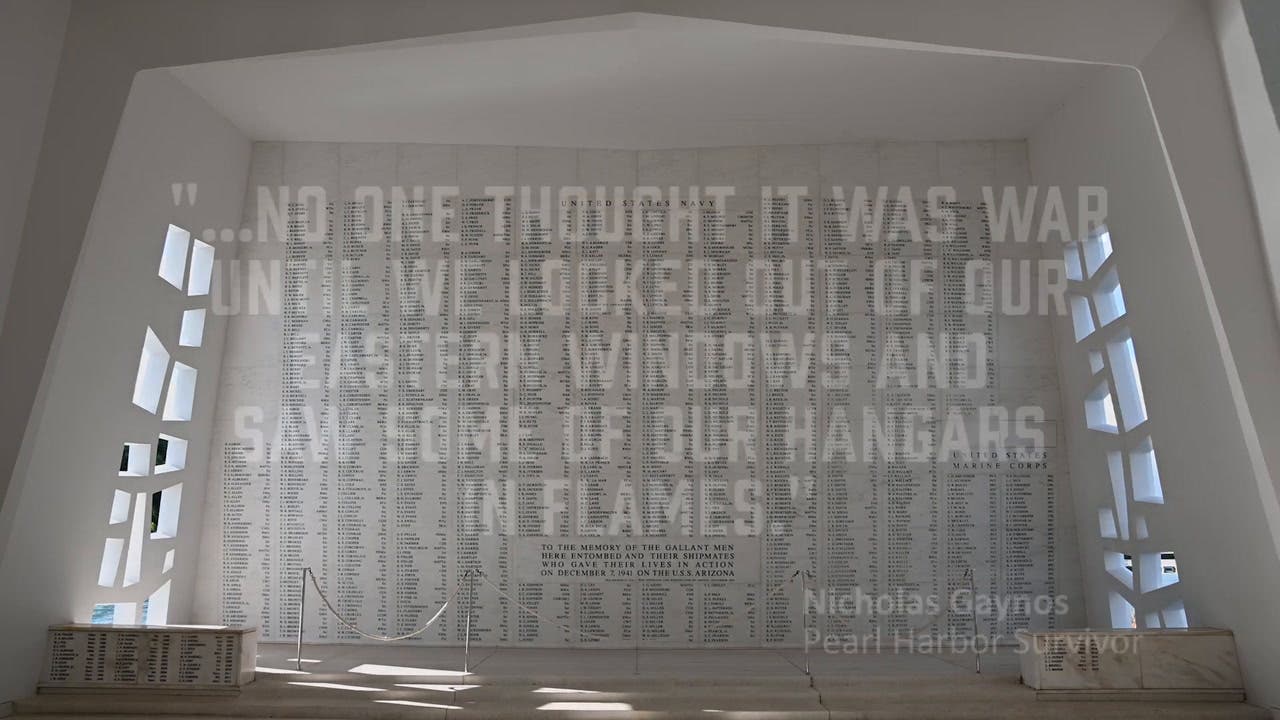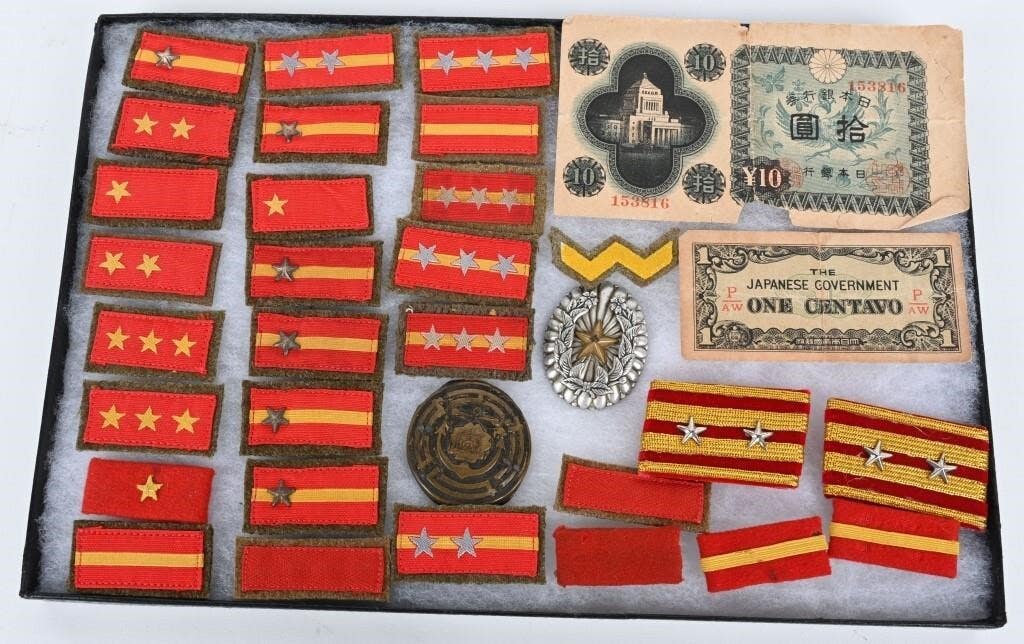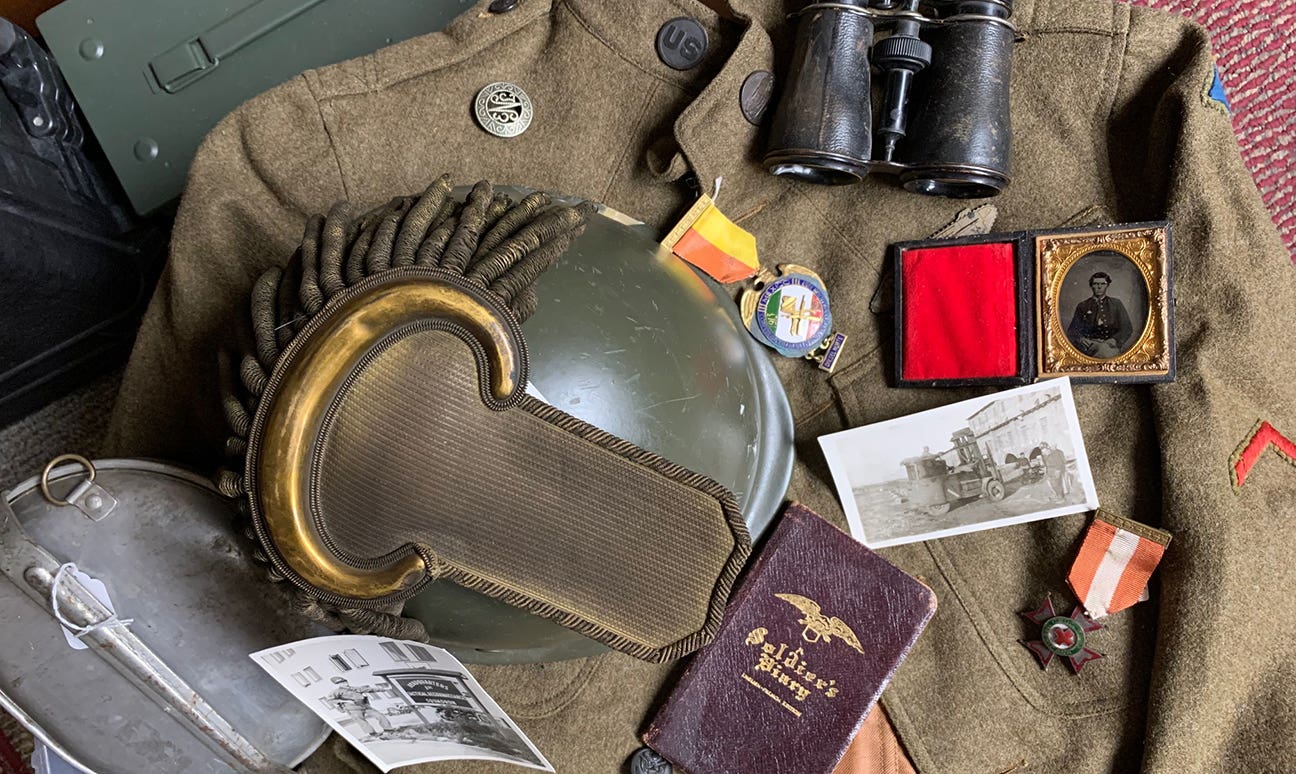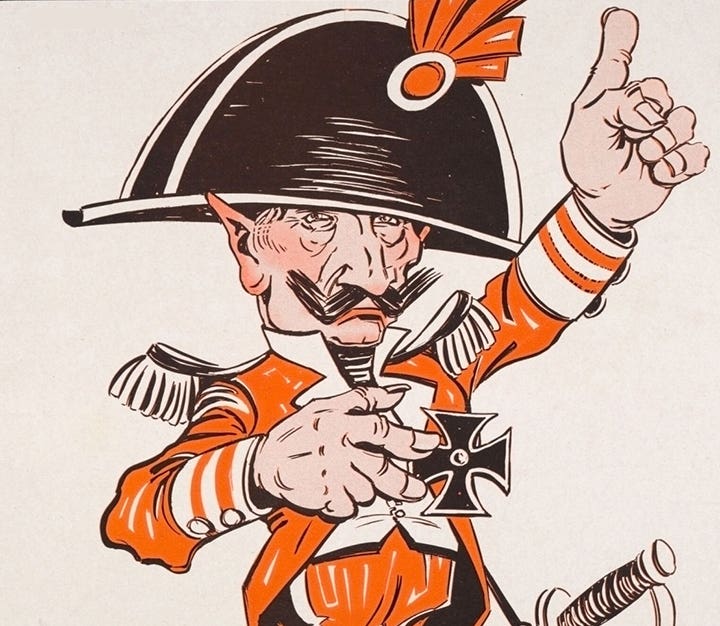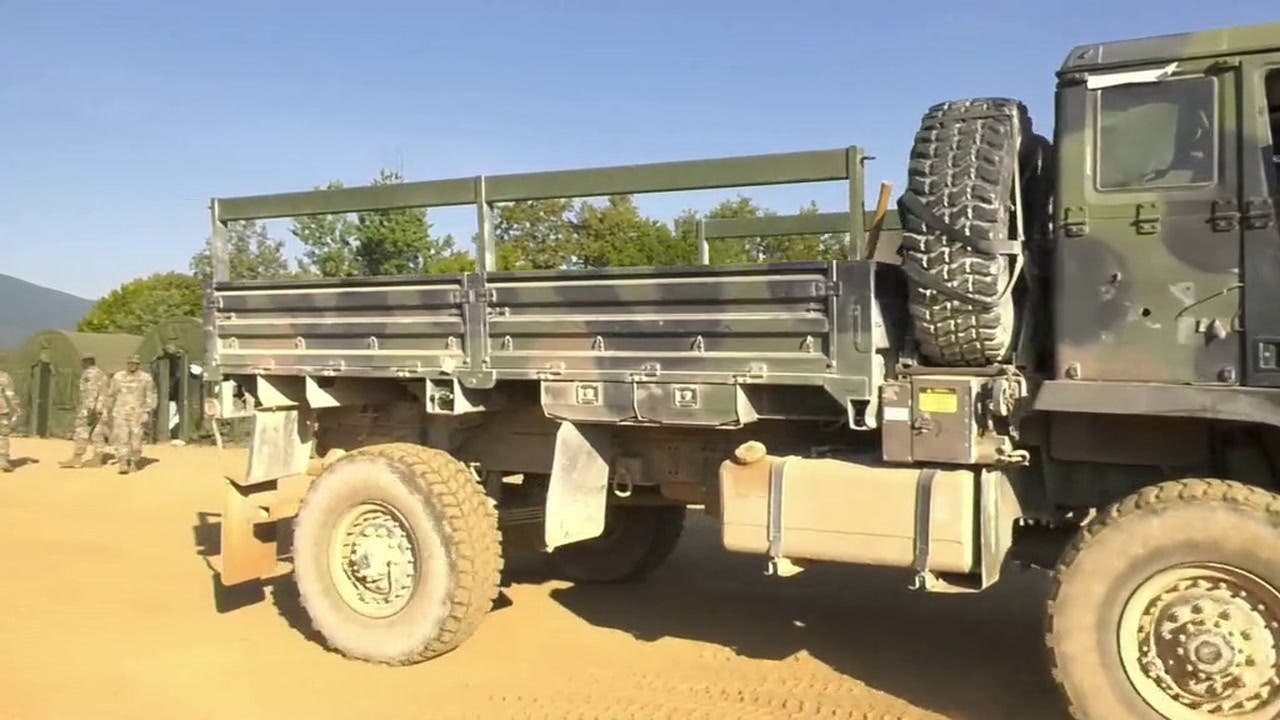The Great War Didn’t End with the Armistice
“This Forum generally deals with the period of ‘hostilities’ being August 1914 to November 1918,” a moderator typed in response to a question I had posted on the Great War…
“This Forum generally deals with the period of ‘hostilities’ being August 1914 to November 1918,” a moderator typed in response to a question I had posted on the Great War Forum regarding a photo of a Mark V tank in France dated 1919. While I have grown weary of keyboard experts, I did reply a bit more light-heartedly than I generally do to such internet pundits: “Thank you for venturing out into no-man's land with some perspective…even though the shooting stopped in Western Europe on November 11, 1918, the final peace treaties ending the Great War were not concluded until 1923.”
While this exchange had occurred more than eight years ago, I was reminded of it this past Veterans Day (formerly known as “Armistice Day”). Various ceremonies and news outlets repeated the familiar phrase, “on the 11th Hour of the 11th Day of the 11th Month…” to describe the end of World War One. And while the guns did go silent across the Western Front at that moment in 1918, what many seem to forget is the fighting wouldn’t end for another five years.
THE WAR ROLLED ON
Not only did WWI not end on November 11, 1918, the fighting actually began to branch out farther across the world than it had during the four years leading up to the Armistice. The most obvious of the fighting was the rolling secondary war that began with the Bolshevik Revolution in Russia in 1917. This war between “Reds” and “Whites” (an international force that included approximately 8,000 United States troops) rattled on until a Bolshevik victory in March 1920 ended most of the fighting. Meanwhile, combat continued between various local armies of revolutionary and counter-revolutionaries and Western colonists and anti-colonial forces in at least a dozen nations prior to 1923.
In fact, the tenuous cessation of hostilities on the Western Front of November 11, 1918, was severely tested as early as June 1919. Although the Armistice had ended the fighting on the Western Front, it took six months of Allied negotiations at the Paris Peace Conference to conclude a peace treaty. But before it did, the Allies threatened that fighting would resume if the German government did not sign the treaty they had agreed to during the signing of the armistice. Finally, exactly five years after the assassination of Archduke Franz Ferdinand, all parties signed the Versaille Treaty on June 28, 1919, ending the state of war between the Allies and the Central Powers.
Meanwhile, the success of the Russian Revolution of 1917-1919, inspired a period of political revolts that lasted until 1923. While most of the uprisings were socialist or anti-colonial, most were short-lived.
The victorious Bolsheviks hoped to coordinate this new wave of revolution into a Soviet-led Communist takeover. The Leninist victories even inspired the larger German Revolution; the Hungarian revolt; as well as smaller uprisings, labor strikes and protests in Italy.
The “Wars of Independence” in the Baltics were part of the larger conflict in Eastern Europe. After the proclamations of independence and the November Armistice, national Estonian, Latvian, and Lithuanian armies were formed. Having fought the German troops in the Great War, these forces worked over the course of 1919-20 to push out the post-WWI German Freikorps, the “White Guards,” and Bolsheviks from their young nations.
Soon after the end of the Baltic Wars of Independence, representatives of Turkey (successor to the Ottoman Empire) on one side and Britain, France, Italy, Greece, Romania, the Empire of Japan, and the Kingdom of Serbs, Croats, and Slovenes (Yugoslavia) on the other signed the Treaty of Lausanne. This treaty recognized the boundaries of the modern state of Turkey. In exchange, Turkey would not make any claim to its former Arab provinces. It would, however, acknowledge and accept British possession Cyprus and Italian possession of the Dodecanese. In exchange, the Allies dropped their demands for autonomy for Turkish Kurdistan and Turkish cession of territory to Armenia. With the Turkish straits between the Aegean Sea and the Black Sea once again open to all, the Treaty of Lausanne became the final treaty ending all conflicts of World War One.
With all of the fighting truly over, Europe boasted a half-dozen new nations (though another half-dozen had disappeared). The Middle East had been carved into the borders that we basically know today, and Turkey had declared its independence.
Yes, November 11, 1918, should be remembered as the day the guns fell silent on Western Front, ending a brutal four-year struggle. But, let us remember that the fighting didn’t end on the day. It took almost five more years of social upheaval, revolutions, and conflicts before the final peace treaty ended the fighting in 1923 — and established the sides and rationale for a second world war.
Preserve the memories,
John Adams-Graf
Editor, Military Trader and Military Vehicles Magazine
John Adams-Graf ("JAG" to most) is the editor of Military Trader and Military Vehicles Magazine. He has been a military collector for his entire life. The son of a WWII veteran, his writings carry many lessons from the Greatest Generation. JAG has authored several books, including multiple editions of Warman's WWII Collectibles, Civil War Collectibles, and the Standard Catalog of Civil War Firearms. He is a passionate shooter, wood-splitter, kayaker, and WWI AEF Tank Corps collector.



